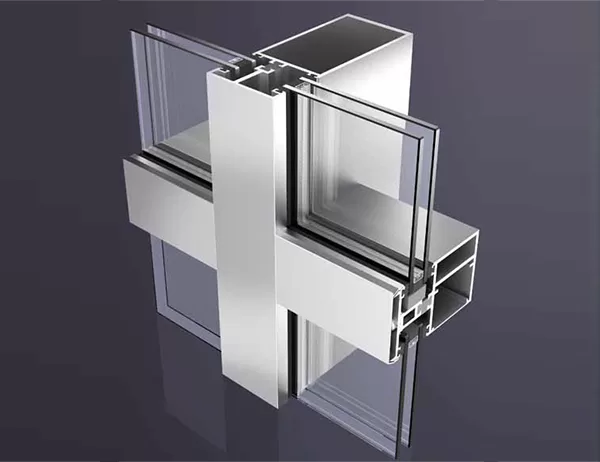Aluminum frames play a crucial role in solar energy systems, providing structural support and protection for solar panels. However, understanding their cost-effectiveness is essential for optimizing system design and investment decisions. This article delves into the various aspects that contribute to the cost-effectiveness of aluminum frames in solar energy systems.
Durability and Longevity
Low Maintenance and Corrosion Resistance
Aluminum frames have exceptional durability due to their inherent resistance to corrosion and harsh weather conditions. They can withstand extended exposure to moisture, salt, and UV radiation without significant degradation, ensuring long-term performance and reliability. This reduces the need for frequent maintenance and repairs, resulting in lower operating costs over the system’s lifetime.
Lightweight and Strength
Ease of Installation and Handling
Aluminum frames are lightweight and easy to handle, making them suitable for both residential and commercial solar installations. The reduced weight simplifies the installation process, requiring fewer workers and equipment, ultimately reducing labor costs. Additionally, the strength-to-weight ratio of aluminum allows for the construction of robust frames that can handle the weight of solar panels and withstand high wind loads.
Recyclability and Environmental Sustainability
Eco-Friendly and Resource Conservation
Aluminum frames are highly recyclable, which aligns with the sustainability goals of solar energy systems. By recycling aluminum, the environmental footprint of the system is reduced, as it conserves resources and minimizes waste generation. The ability to recycle aluminum frames also provides economic benefits, as the recovered material can be used in other applications, reducing production costs.
Design Versatility and Aesthetics
Customization and Compatibility
Aluminum frames offer excellent design versatility due to their malleability and lightweight nature. They can be customized to fit various roof configurations, panel sizes, and system requirements. The sleek and modern appearance of aluminum frames complements the aesthetics of buildings, enhancing the overall visual appeal of the solar system.
Cost Considerations and Economic Feasibility
Balancing Cost and Performance
The cost-effectiveness of aluminum frames is a function of their durability, ease of installation, recyclability, and design versatility. While aluminum frames may have a higher upfront cost compared to some other materials, their long-term value and operational cost savings often make them a cost-effective choice. By carefully considering these factors, system designers can optimize the cost-performance ratio of their solar energy systems.
Conclusion
The cost-effectiveness of aluminum frames in solar energy systems is multifaceted, encompassing durability, longevity, lightweight strength, recyclability, design versatility, and overall cost considerations. Understanding these aspects allows system designers and investors to make informed decisions and leverage the advantages of aluminum frames for building efficient, reliable, and sustainable solar energy systems.




